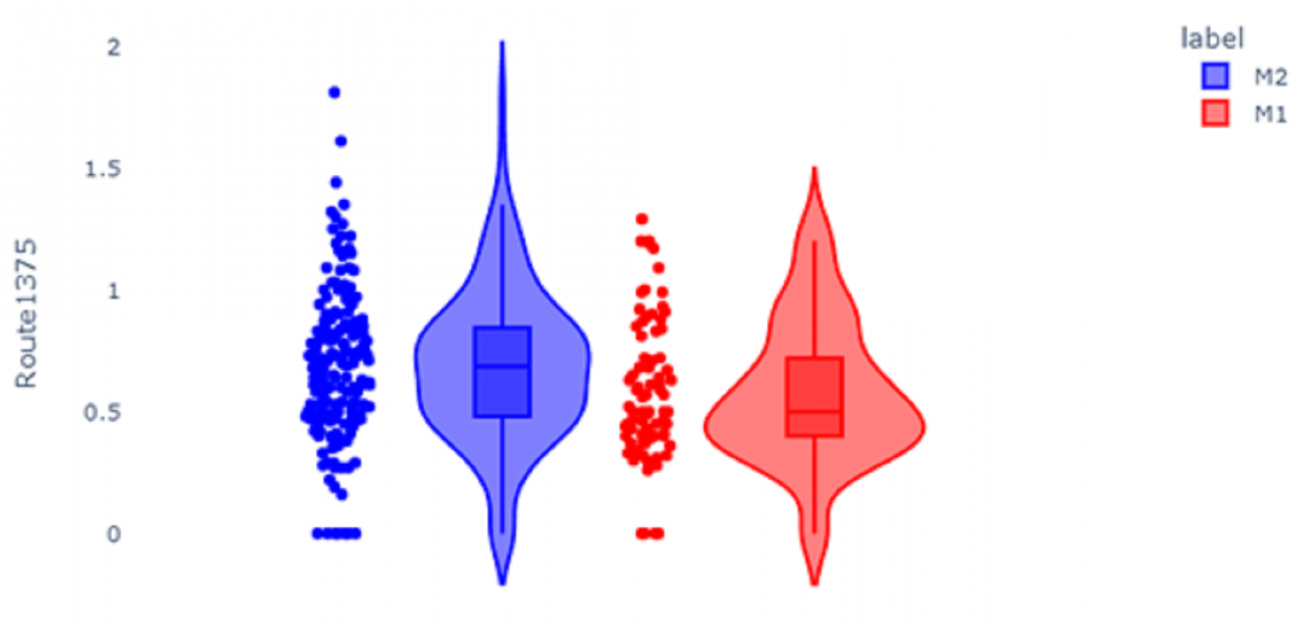Ominous plaques and tangles of protein in the brain are a hallmark of Alzheimer’s disease. UConn researchers are exploring whether the brain’s waste disposal team is to blame.
Alzheimer’s plaques and tangles of toxic protein slowly fill the brain with the ghosts of dead brain cells. But researchers are uncertain whether they are a cause or effect of the disease. If the plaque is poisoning the brain, perhaps clearing it is the answer. Many drug therapies for Alzheimer’s have focused on clearing away the plaques to prevent them from choking out healthy brain tissue. But these drugs are not very effective, sometimes shrinking the brain or causing other disturbing side effects without noticeably slowly the course of the disease.
Some researchers have begun thinking about the plaques differently. Instead of being the primary cause of the disease, perhaps the plaques and tangles of Alzheimer’s are a symptom. In a healthy brain the protein found in the plaques of Alzheimer’s occurs occasionally, but it gets cleared away by microglia.
Microglia are immune cells that act as the garbage collectors of the brain. Perhaps there is something wrong with the microglia in people who have Alzheimer’s disease, and we could cure the disease if we could fix their microglia.
Now, UConn School of Medicine Professor and Chair of Neuroscience Riqiang Yan and Dong-Guk Shin, a professor in UConn’s School of Computer Science and Engineering, are taking a big data approach to understanding how microglia in Alzheimer’s brains may differ from microglia in healthy brains. They are looking at patterns in the microglias’ genes as the microglia shift between their two major states: causing inflammation, or repairing damage.
Microglia express thousands of genes related to inflammation.
Tracking which of those thousands of genes are turning on or off creates an enormous volume of data. To help humans understand the meaning of the microglia gene data easily, Shin’s lab developed a way to visualize the microglia, placing them on a graph that shows where they are in the inflammation-repair cycle. They presented their work at the BioInformatics BioMedicine conference in Las Vegas on December 5.
Now that they can sort where the microglia are on the inflammation-repair cycle, Yan and Shin’s team wants to delve deeper, refining the microglia into subtypes associated with disease, called homeostatic microglia, transitioning microglia, early-stage disease associated microglia and late-stage of disease associated microglia. They are currently analyzing the data, and hope to have more insight into microglias’ behavior in brains with Alzheimer’s disease soon.



